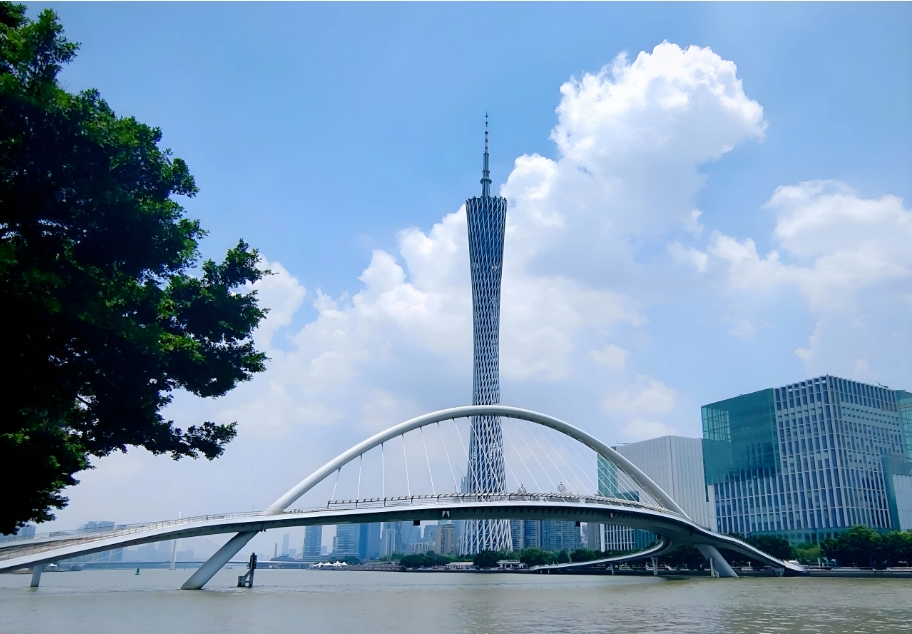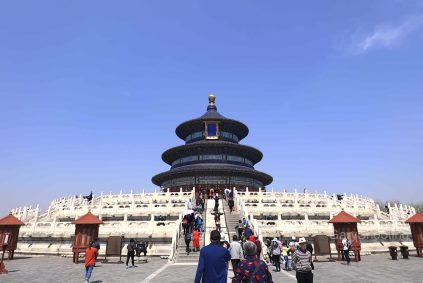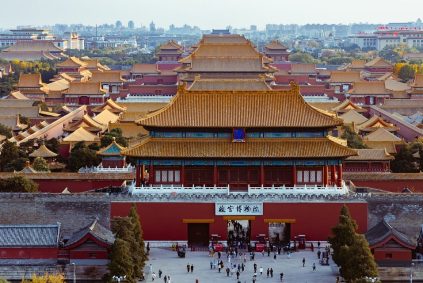Guangzhou’s Ivory Carving Culture: A Journey Through History, Craftsmanship, and Innovation
From Ancient Roots to Modern Mastery: The Evolution of Guangzhou Ivory Carving
Guangzhou’s ivory carving tradition dates back over 2,000 years, with archaeological evidence from the Western Han Dynasty’s Nanyue King Tomb revealing intricately carved ivory artifacts. These early works, including a set of five African elephant tusks, highlight Guangzhou’s role as a hub on the Maritime Silk Road, where exotic materials like ivory were imported and transformed into cultural treasures. By the Song Dynasty, local artisans had mastered the creation of multi-layered, rotating ivory balls—known as “ghostly craft balls”—a technique that became synonymous with Guangzhou’s style.
The Qing Dynasty marked the golden age of Guangzhou ivory carving. As the city became China’s primary port for foreign trade, ivory flooded in from Africa and Southeast Asia, fueling a boom in production. The Daxin Street area emerged as a concentrated center for workshops, producing exquisite pieces that were traded globally and even entered imperial collections. Artisans like Wong Chiu, whose 25-layer ivory ball won a gold medal at the 1915 Panama-Pacific International Exposition, cemented Guangzhou’s reputation as a leader in the craft.
The Art of Translucence: Techniques That Define Guangzhou Ivory Carving
Guangzhou’s ivory carving is distinguished by its emphasis on hollowed-out (loukong) carving, a method that creates delicate, lattice-like structures. Artisans use specialized tools to carve intricate patterns into thin ivory sheets, achieving a translucent effect that allows light to pass through. This technique is showcased in iconic works like the multi-tiered ivory pagodas and flower boats, where every layer is carved with precision and can rotate independently.
Another hallmark is inlay and assembly (pinxiang), where thousands of tiny components—such as figures, flags, and architectural details—are carved separately and fitted together seamlessly. The assembly process requires meticulous planning, as seen in the creation of large-scale ivory ships, which feature movable sails, windows, and even miniature bells that chime in the wind.
Guangzhou’s carvers also pioneered micro-carving, a skill that involves etching entire poems or scenes onto grains of rice-sized ivory. Masters like Feng Gongxia, who carved the entire Communist Manifesto onto a thumbnail-sized ivory chip in the 1930s, pushed the boundaries of what was possible with this demanding medium.
Navigating Change: Innovation in the Face of Conservation
The global ban on ivory trade in the late 20th century posed a significant challenge to Guangzhou’s ivory carving industry. However, artisans adapted by exploring alternative materials like mammoth tusks, cattle bones, and even synthetic resins. These substitutes require adjustments in technique—for example, bone is more brittle than ivory, demanding gentler carving tools and slower processing—but have allowed the tradition to persist.
Modern workshops now blend traditional methods with contemporary design. For instance, the use of 3D modeling software helps artisans plan complex assemblies before carving begins, reducing waste and improving precision. Some studios also incorporate elements from other岭南 (Lingnan) crafts, such as woodcarving and lacquerwork, to create hybrid pieces that appeal to global audiences.
Experiencing the Craft: Workshops and Exhibitions in Guangzhou
Visitors to Guangzhou can immerse themselves in ivory carving culture through hands-on workshops and museum exhibitions. The Guangdong Folk Art Museum y Chen Clan Ancestral Hall frequently host displays of historical and contemporary ivory art, including rare pieces from the Qing Dynasty and innovative works made from alternative materials.
Interactive experiences, such as the “Bone Carving Small Pendant” workshop organized by the Guangzhou Cultural Center, offer participants the chance to learn basic carving techniques under the guidance of master artisans. These sessions often focus on creating simple designs like flowers or animals, providing insight into the patience and skill required for more complex projects.
For those interested in the craft’s history, the “Divine Craftsmanship: Guangzhou Ivory Carving Exhibition”—a recent collaboration between cultural institutions and heritage organizations—showcased over 200 pieces spanning centuries of innovation. The exhibition highlighted the transition from ivory to sustainable materials, emphasizing how artisans are redefining the craft for future generations.
Guangzhou’s ivory carving culture is a testament to human ingenuity, blending artistic vision with technical mastery. While the materials may have changed, the spirit of innovation and dedication to preserving tradition remains alive, ensuring that this ancient craft continues to inspire awe and admiration.
















